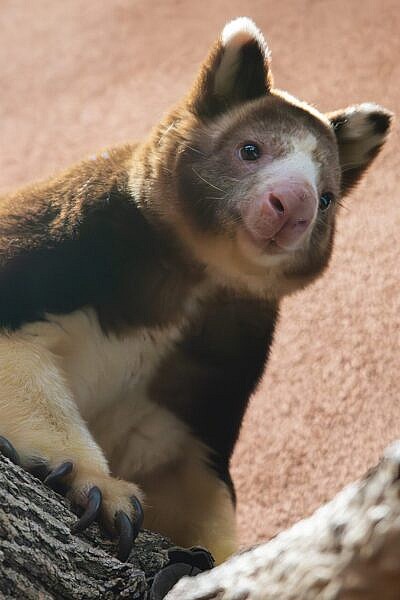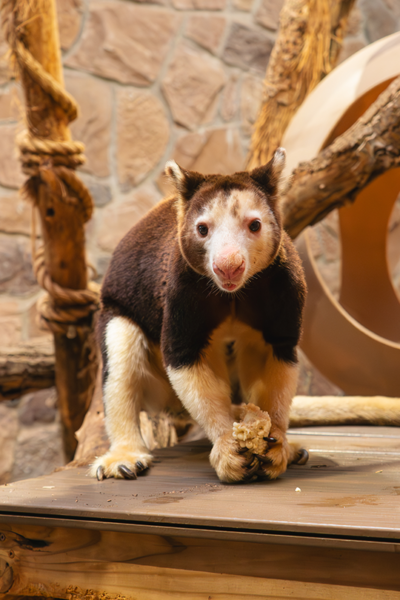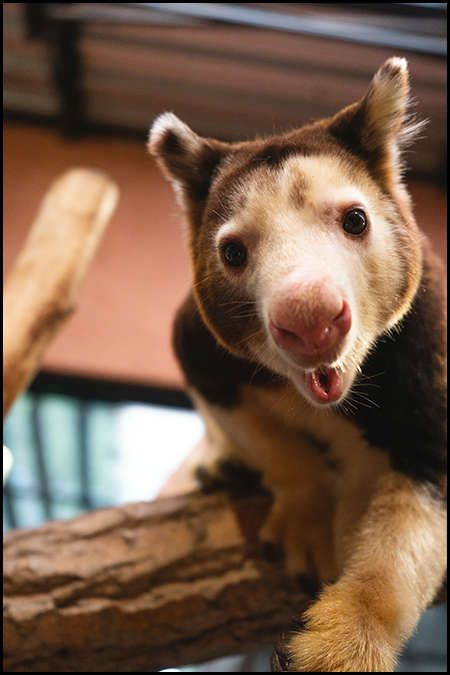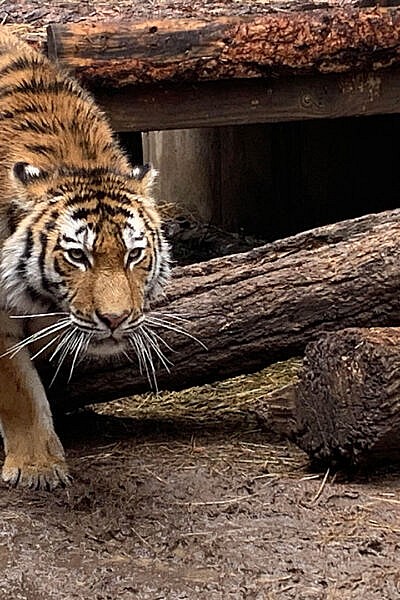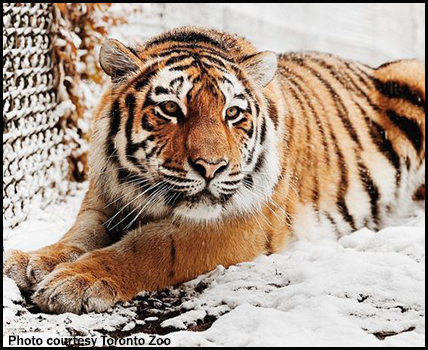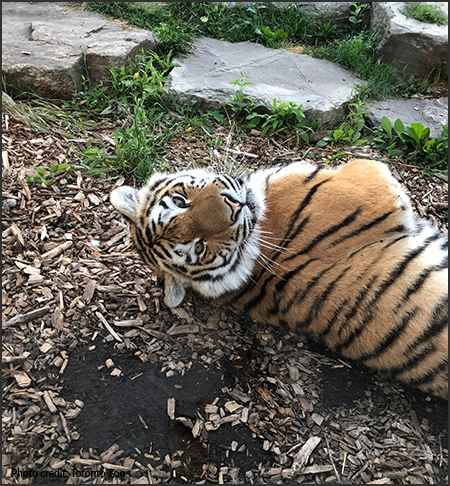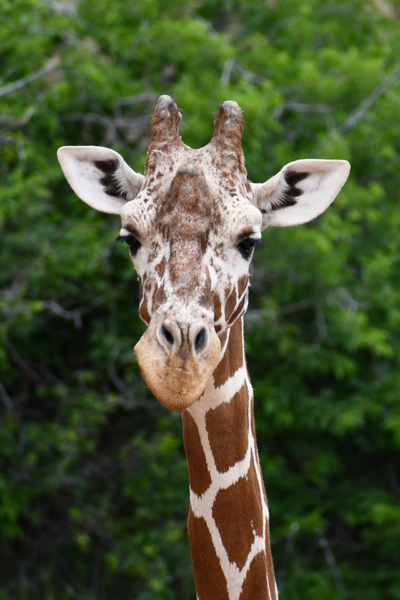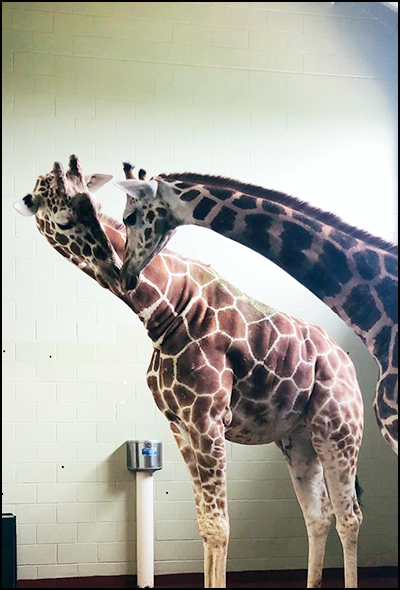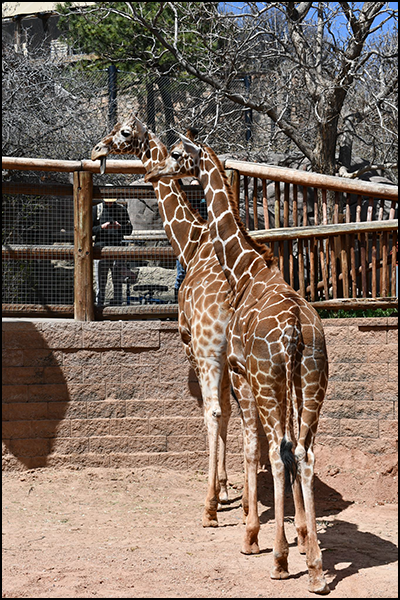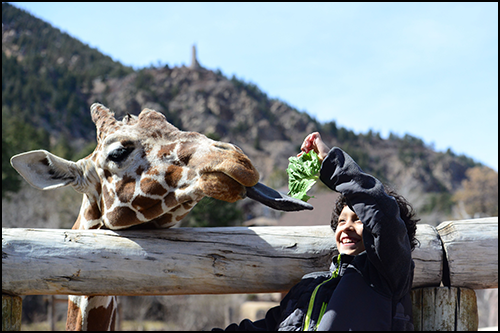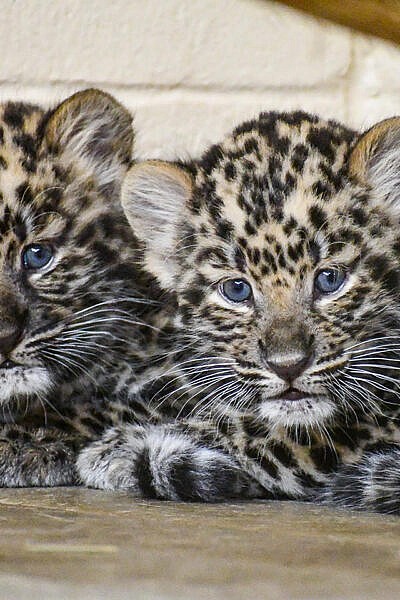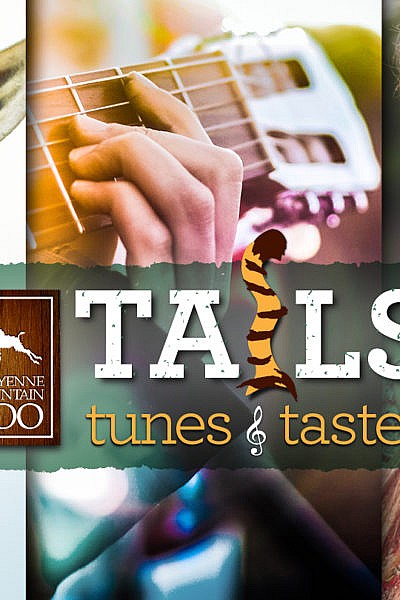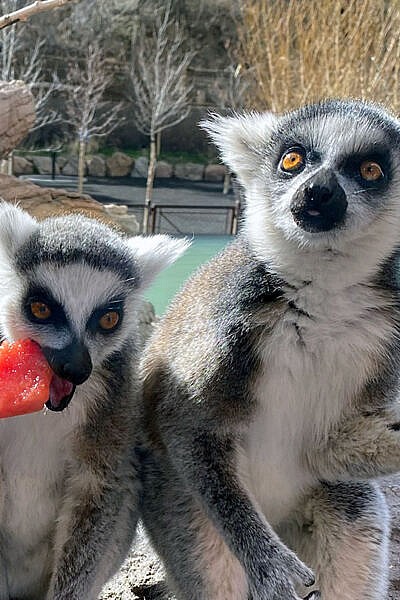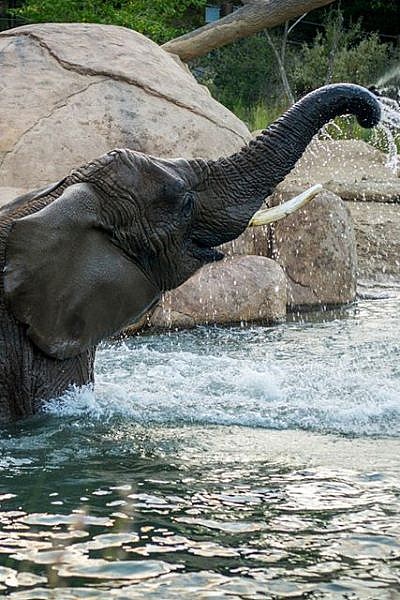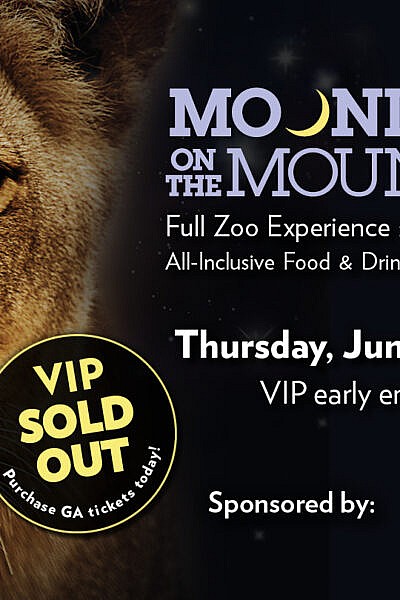Today, we learned by way of local media, that we are being sued by an organization known in the Zoo industry for wasting credible organizations’ time and money. The Nonhuman Rights Project filed a 376-page petition, naming our five beloved aging African elephants as plaintiffs in a case against our Zoo, and attempting to force us to send them away.
The fact that we first learned about this litigation from a local reporter who received a news release is evidence enough to us that they’re using litigation as a way to gain public attention for their misguided claims.
Anyone can sue anyone for anything. Those who know us know the truth about us. NhRP is the same organization that targeted, publicly attacked and sued Fresno Chaffee Zoo and Bronx Zoo – and NhRP lost in court both times.
We exist to advance animal welfare and conservation.
We openly share public updates about our elephants on social media and in member newsletters, but in case you’re unfamiliar with our Zoo, we provide specialized care for this special group of elephants in a myriad of ways.
Our elephant care team knows the needs of our elephants and tailors specific care and exercise programs and tends to each elephant based on their preferences. Suggesting they’d be better off at a sanctuary is simply incorrect. Knowing what’s considered best for elephants in general does not equal knowing how to give Jambo, Missy, LouLou, Kimba or Lucky the care they need.
Our expert elephant care team has a combined 65 years of experience. We dedicate four full-time keepers most days to care for five elephants. The team consistently studies our elephants’ behaviors and adjusts their care programs to provide more of what they positively respond to.
As incredibly intelligent animals, the elephants need diversity. Multiple times per day, these elephants move from yard to yard, or indoor space to indoor space, where they find new opportunities to stimulate their bodies and minds. One such activity, which they have access to during summer months, is a space called the vacation yard. This nearly 2-acre yard is not visible to guests, and it’s full of tall grasses and lush trees, where the elephants are free to roam as long as they want to. Depending on how much rain we’ve received that year, the elephants might visit several times per month. The limit on the number of times per month they visit is also part of the plan to maintain the novelty of this area for them, which makes it physically and mentally stimulating.
Walking is another thing most often cited by critics of elephants in human care. We have found that elephants here and in the wild don’t walk for fun. They are looking for food, water and safety. In the wild, elephants often walk such great distances because they are forced to travel long distances – for example, during the dry season to find water or if being pursued by poachers. Our elephants walk less because they are getting older.
Because elephants are widely known to thrive in herds does not mean that these individuals would do best in that setup. We know because we have tried. These elephants didn’t grow up in large herds. We’ve offered them a variety of group settings, and we do not force them to share direct space if their behavior shows us they don’t want to. The elephant pairs who live together at our Zoo live with who they show the most positive behaviors with. We believe they deserve to be given that choice to make the decision. People are also social in nature, but it does not mean you want to live with everyone you meet just because they are another human. This is also true with our elephants, and we give them a chance to show us who they want to live with each day.
Each elephant has the option to participate in voluntary husbandry training that we know improves their strength, flexibility and overall health. We call this “elephant yoga” because people can relate to the fact that they, too, need to remain flexible and strong.
In addition to our unfaltering commitment to providing these elephants with the best possible care as they age with dignity, we have partnered with Tsavo Trust, a frontline elephant conservation organization that is working to save wild African elephants and rhinos in Kenya. Our elephant feeding opportunity raises $75,000 per year for Tsavo Trust. Through that program and through a portion of admissions and programs, our Zoo has sent $608,000 directly to elephant conservation. If you count all our species combined our efforts amount to more than $4.5 million. We are funding change, and our guests are funding change.
We have a stated goal that we won’t have elephants at the Cheyenne Mountain Zoo unless our elephants are helping wild elephants survive. With the help of our guests and members, we deliver on this promise every day. We are proud to collaborate with others and be part of the solution. How much has NhRP invested in animal welfare or conservation, and how much energy, time and money have they cost other conservation organizations like ours? We need the community’s support to stand up to this distraction, which will take away from the day-to-day care and the real in-the-field conservation work that happens at Cheyenne Mountain Zoo every day.
We’re extremely proud of our elephant care program. We always have been and we are still open to media who would like to learn more about our program.
We’re also extremely proud of our Zoo. We recently earned a completely clean report of inspection from the Association of Zoos and Aquariums (AZA). We have been continually accredited for more than 35 years. We are only the fourth organization to earn a ‘clean’ report in the history of AZA accreditations, which means there wasn’t a single major or minor concern reported. Over the multi-day inspection of the entire Zoo with four dedicated inspectors, one AZA elephant expert is assigned the job of evaluating our elephant program in detail. They did not have a single concern.
Thank you to everyone who has been by our side since we decided to take on this role for aging elephants in human care, and thank you to everyone who will continue to. We look forward to sharing more of our stories and reaching even more people with our mission from this exposure. Let’s look ahead and see how we can work together for a better future for elephants.
About Cheyenne Mountain Zoo
Cheyenne Mountain Zoological Society was founded in 1926. Today, Cheyenne Mountain Zoo, America’s mountain Zoo, offers comprehensive education programs, exciting conservation efforts and truly fantastic animal experiences. In 2023, Cheyenne Mountain Zoo was voted #4 Best Zoo in North America and CMZoo’s Rocky Mountain Wild was named #2 Best Zoo Exhibit in North America by USA TODAY 10Best Readers’ Choice Awards. It is Cheyenne Mountain Zoo’s goal to help guests fall in love with animals and nature, and take action to protect them. Since 2008, CMZoo’s Quarters for Conservation program has raised more than $4.5 million dedicated to frontline conservation efforts around the world. Of the 238 zoos and aquariums accredited by the Association of Zoos and Aquariums (AZA), Cheyenne Mountain Zoo is one of just a few operating without tax support. Cheyenne Mountain Zoo depends on admissions, membership dues, special event attendance and donations for funding.
